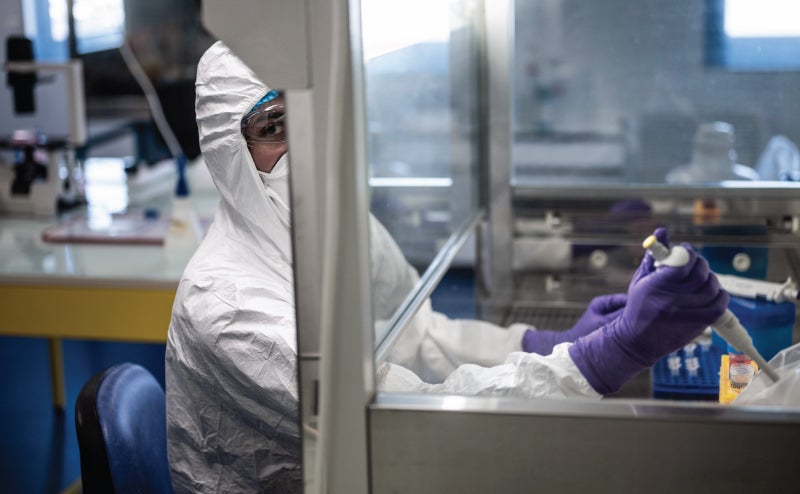- Joined
- Dec 10, 2011
- Messages
- 5,599
- Reaction score
- 2,717
COVID-19 is more serious than annual influenza. Take Italy for example,
It kinda doesn't matter (and is kinda hard to tell).*
The "doesn't matter" (it is fatal enough) point is that it kills plenty-enough of people who get it.
The "kinda hard to tell" is that it is hard to say whether the seriousness of the disease or the inability to respond with "normal" care is why so many people are dying.
Bill Gates says it well (you can tell he's been thinking about this and doing the math for a long time)
There are two reasons that COVID-19 is such a threat. First, it can kill healthy adults in addition to elderly people with existing health problems. The data so far suggests that the virus has a case fatality risk around 1%; this rate would make it several times more severe than typical seasonal influenza and would put it somewhere between the 1957 influenza pandemic (0.6%) and the 1918 influenza pandemic (2%).
Second, COVID-19 is transmitted quite efficiently. The average infected person spreads the disease to two or three others. That’s an exponential rate of increase. There is also strong evidence that it can be transmitted by people who are just mildly ill or not even showing symptoms yet.

How to respond to COVID-19
Repost of Bill Gates’s New England Journal of Medicine article on how to respond to coronavirus and be prepared for the next epidemic.
 www.gatesnotes.com
www.gatesnotes.com
*I'm also disinclined to get drawn into fatality rate fights unless we're actually doing a math model. Fatality rate discussions appear to invites people to report "I got the flu and I'm still here" as if that gives them a benchmark against which they can multiply to say COVID19 is 10times worse than me personally experiencing 0 mortality.
[APPEND] Also there are people saying "Well Italy is old people and China is full of smokers so their hospitalization and mortality rates doesn't apply..."
Last edited:


